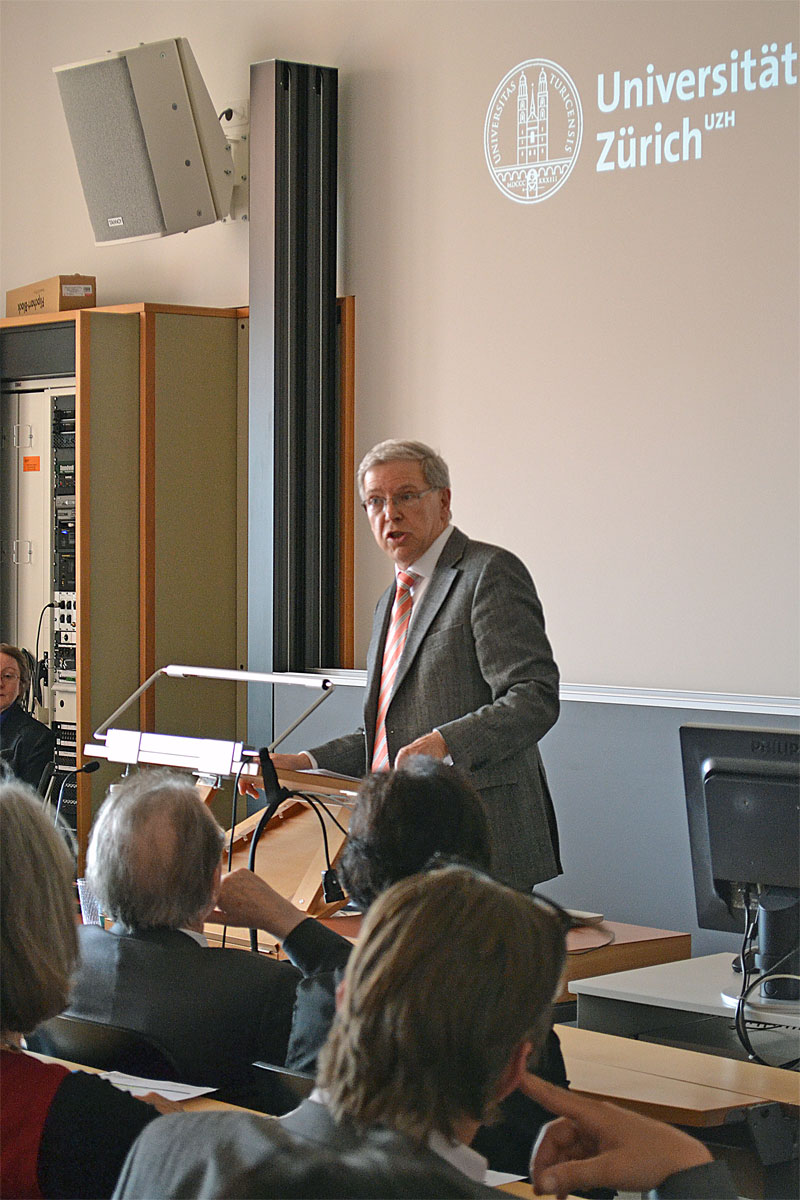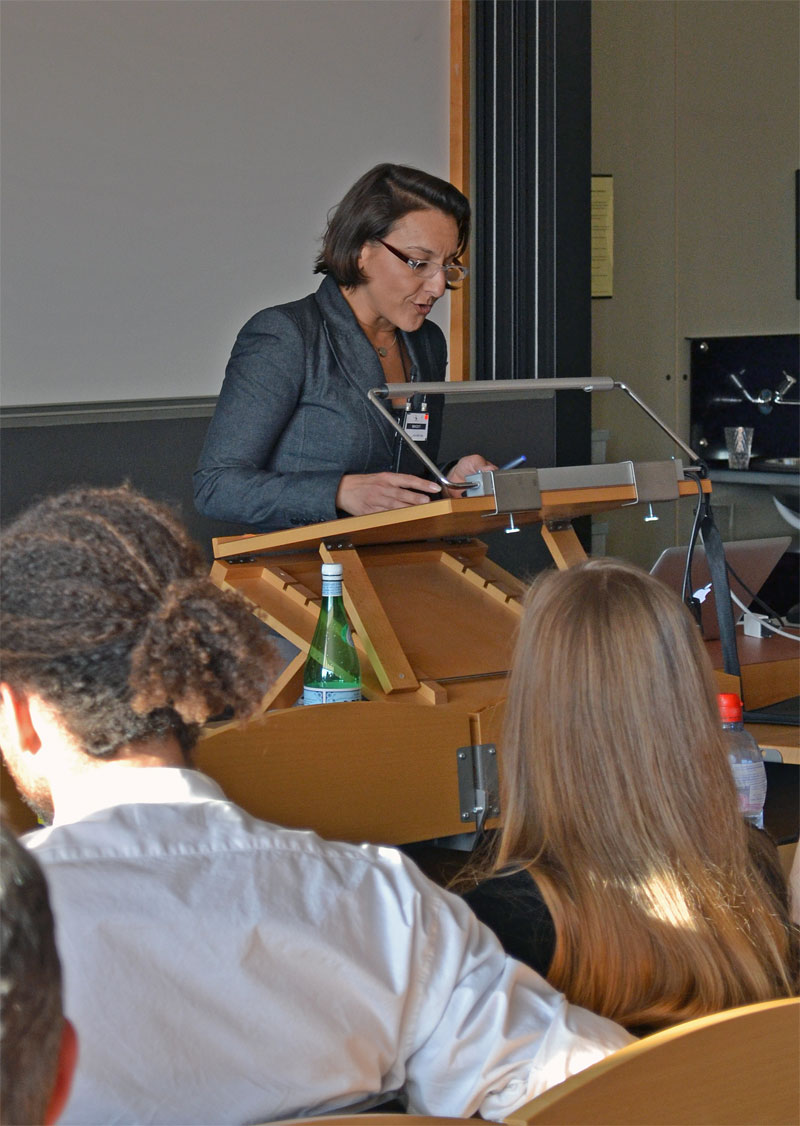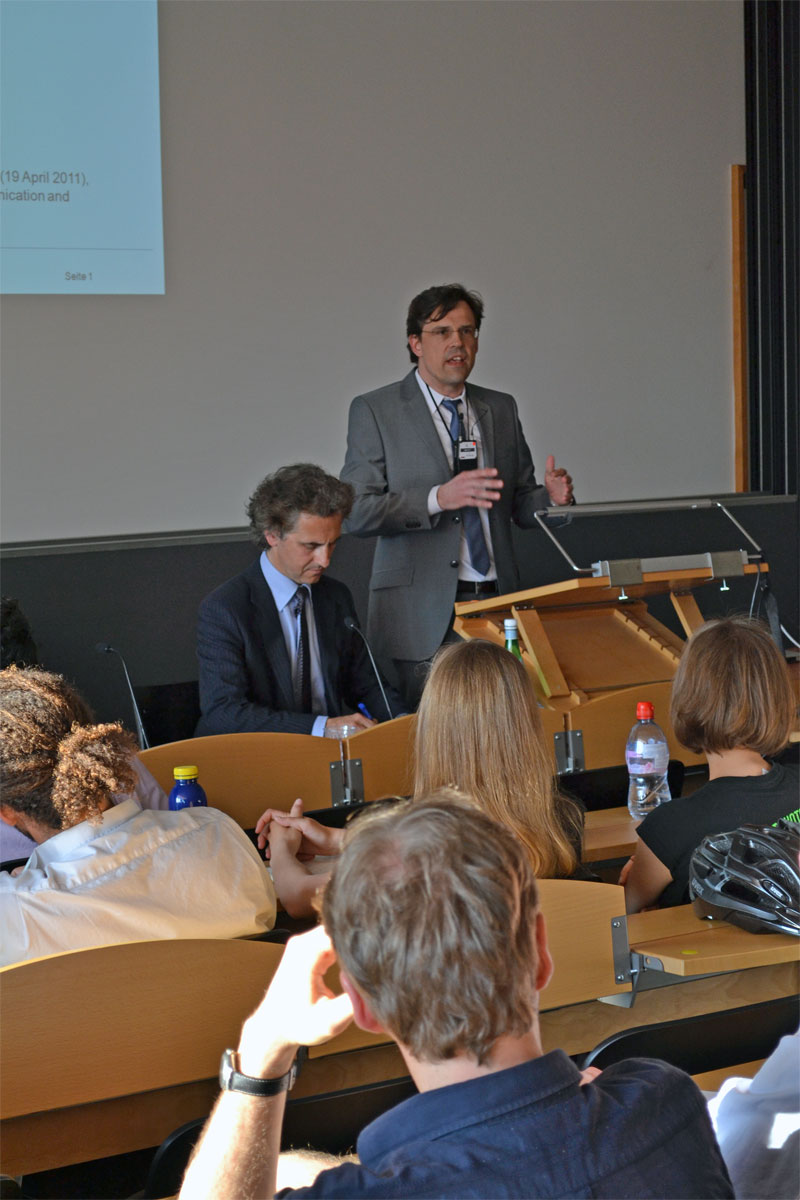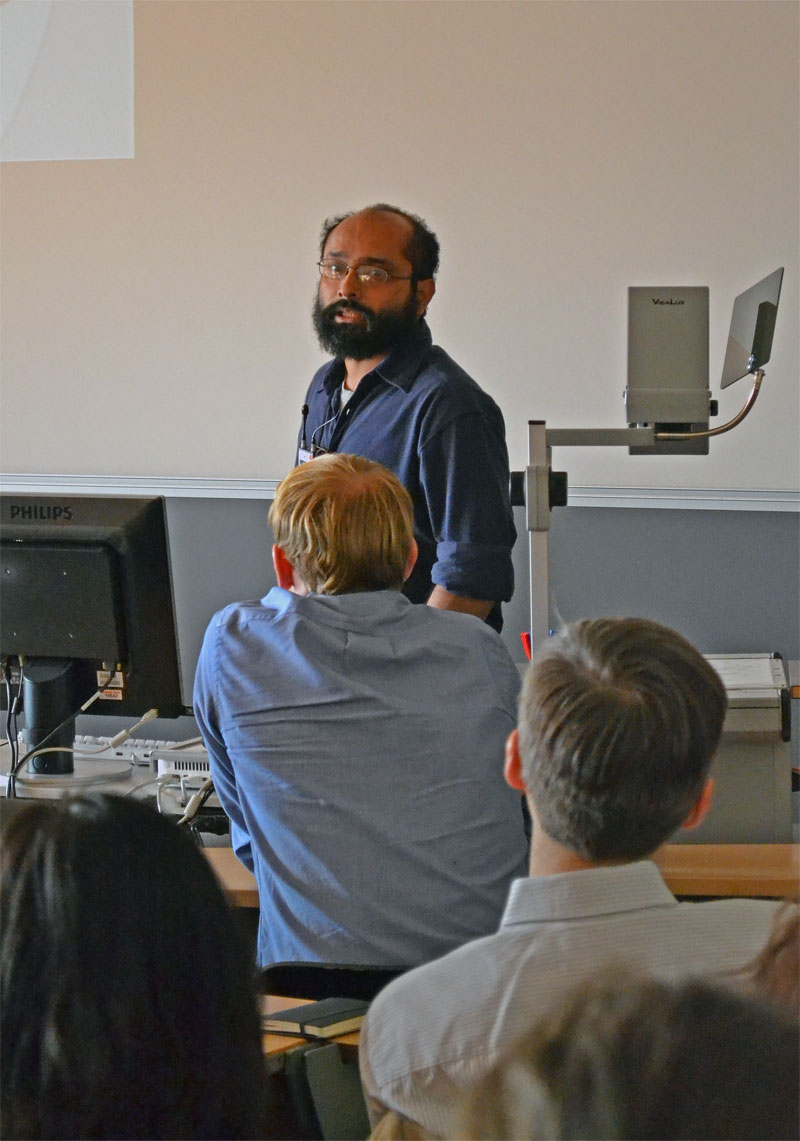Democracy and New Media
Tuesday, 19. April, 18:15-20:00, University of Zurich, KOL-G-217, Rämistrasse 71, 8006 Zurich
The Institute of Mass Communication and Media Research (IPMZ) presents in cooperation with the URPP Asia and Europe and the Jamia Millia Islamia's Centre for Culture, Media and Governance (CCMG) a panel discussion about "Democracy and New Media".
The participants will focus on the following subjects:
- Prof. Dr. Katajun Amirpur, URPP Asia and Europe: "Twittered Revolutions? Tunisia, Egypt and Iran"
- Prof. Dr. Frank Esser, IPMZ: "Mediatization as a Challenge to Democracy"
- Prof. Vibodh Parthasarathi, CCMG: "Digital Media, Analog Politics: Forcing a Fit?"
Welcoming Remarks:
Prof. Dr. Andreas Fischer, President of the University of Zurich
President Andreas Fischer welcomes the international guests and opens te panel discussion. In his welcoming remarks, he put special emphasis on the importance of international cooperations between the University of Zurich and other research institutions abroad.
Katajun Amirpur analysed the influence of social networks on the 'Green Revolution" in Iran in 2010. She came to the conclusion, that the influence of those networks is widely overestimated, especially in the Western perception. It is, in her opinion, rather conventional media, such as television and radio broadcasts, that are the leading forms of mass communication in the area.
Frank Esser focused on the effects of a spreading medial permeation of modern societies. Additionally, the entanglements between political agents on the one hand and representatives of media corporations, news networks and other agnets have been subject of Frank Esser's presentation.
Just as most of the other participants, Vibodh Parthasarathin also perceives the potential of social networks and their influence on democracy as rather limited. He refered to empirical studies analysing the distribution of high-speed-internet access in India and pointed out, that the huge gap between urban and rural areas in India is hardly taken into account when making assumptions on the possible influences of social networks and digital media on the Indian society.
Parthasarathin concluded, that only a very specific part of Indian society is represented in the digital networks. Additionally, in spite of the seemingly high numbers of users and visitors on acitivist websites, the actual potential of increasing actual engagement is rather limited, albeit it is widely overestimated.



